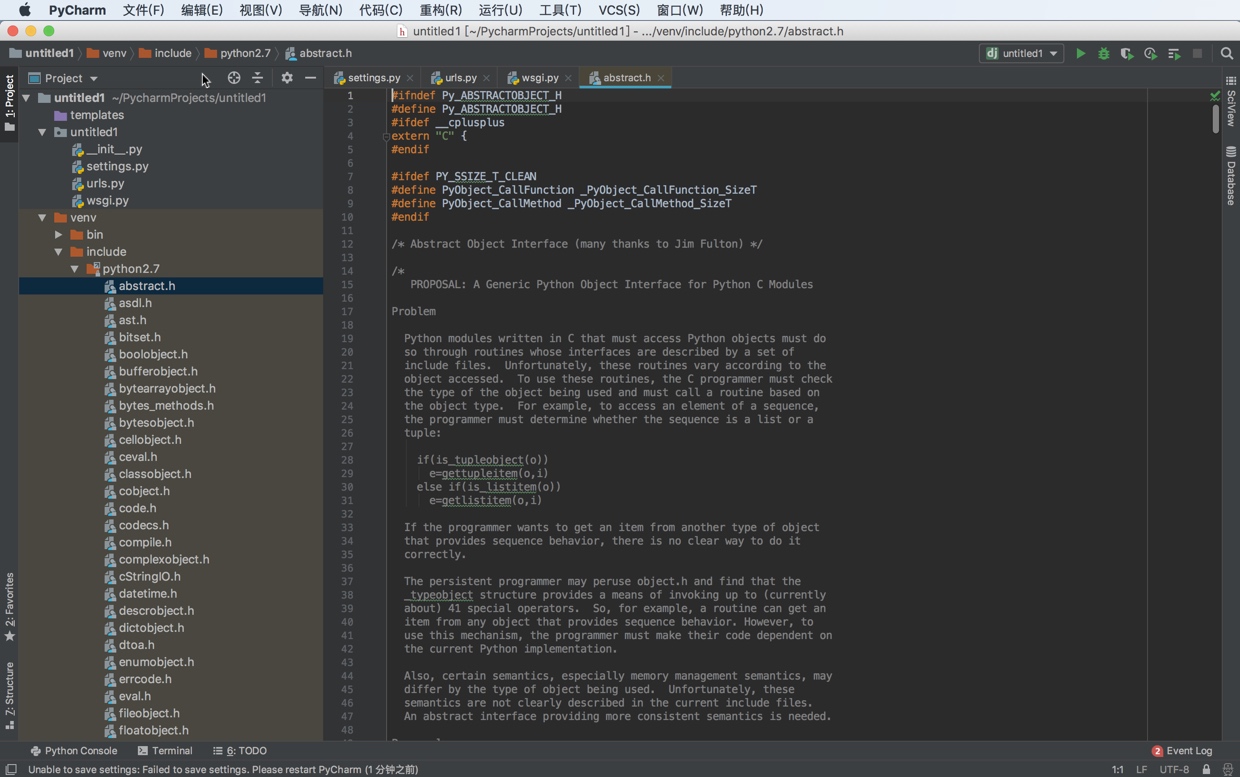

Using “ ~/” at the start of our filename, we ensure that this will be written to the current users’ home directory. It is a relatively easy-to-use terminal-based text editor. While the file extension is not necessary, it will help you identify that this is indeed a Python script. Begin by using your favorite terminal based text editor to start writing a file.įor our example, we will be calling this file “ example.py“. These editors provide you some feedback on your code immediately.ġ. It’s not as easy as using a code editor like Thonny or Visual Studio Code. If you use the terminal on your Raspberry Pi, writing your Python code is a reasonably straightforward process. Next, you will need to hover over the “Programming” category ( 2.).įinally, click the “ Thonny Python IDE” option to open the editor on your Pi ( 3.). Before we start, we will need to open the Thonny IDE.įirst, open up the start menu by clicking the Raspberry icon in the top-left corner ( 1.).
IDE PYTHON FOR MAC HOW TO
The following steps will show you how to open Thonny on your Raspberry Pi and how to write a tiny bit of Python.ġ. An IDE makes writing code a cleaner, faster and better experience. The desktop versions of Raspberry Pi OS come pre-installed with a Python IDE called Thonny. One for those wanting to use the terminal and one for those who are running the desktop interface. Still, you can try following some of our Python tutorials. We won’t be delving a huge amount into the Python programming language here. Now that you have Python installed on your Raspberry Pi, we can now write a straightforward Python script to show it in action. Later on, you will end up using a package manager such as pip to increase the functionality of Python. This will give you the bare basics of Python, but it is all you will need for now. Once this step completes, you will now have Python installed on your Raspberry Pi.
IDE PYTHON FOR MAC INSTALL
Run the following command to install Python to your system. For this guide, we will be focusing on Python 3 as it is the currently supported version.

Our next step is to install the Python package to our Raspberry Pi.
IDE PYTHON FOR MAC UPDATE
You can update both of these by running the following two commands on your device. Before we install Python, we should ensure that both our package list and existing packages are up to date. You do not need physical access to your device to be able to use Python.ġ. If you use your Raspberry Pi as a headless device, you can complete the following steps over SSH. If you are using the desktop versions of Raspberry Pi OS, Python will come pre-installed on your system, so skip to the next section. As Python is available from the default package repository, this can be completed in a couple of steps. Our first section will show you how easy it is to install Python to your Raspberry Pi.

Equipmentīelow is a list of equipment we used when we were installing and using Python on our Raspberry Pi. We personally use Python a decent amount, including our Internet Speed Monitor and Minecraft Pi Edition projects.

Installing Python is a straightforward process, so we will get you up and running in no time.Īdditionally, we will also show you how to write a simple Python script for you to get started with. Within this guide, we will be showing you how to install the Python interpreter to your Raspberry Pi. Its syntax is simple, and you don’t have to worry about many complicated concepts. Python is a powerful and versatile programming language that is also relatively easy for beginners to get started with.


 0 kommentar(er)
0 kommentar(er)
